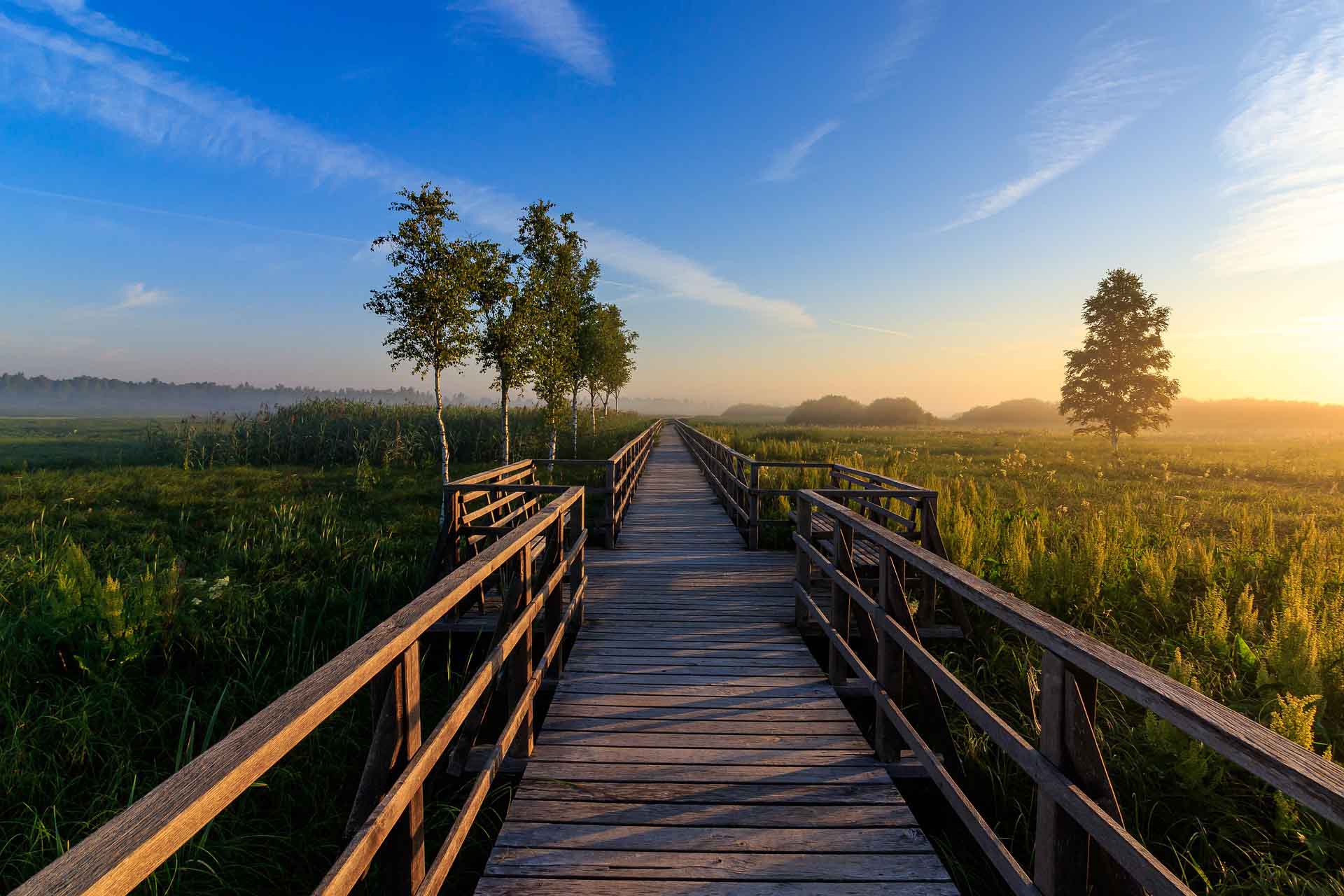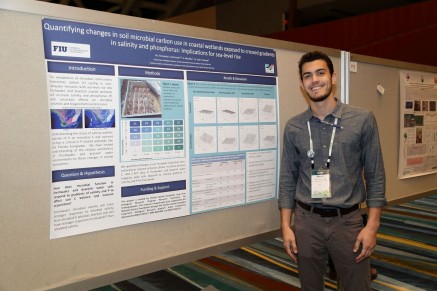Bangor Wetlands Group. Welcome to the website of the Bangor Wetlands Group (BWG). We are a group of wetland scientists and students based in the Wolfson Carbon Capture Laboratories (WCCL) at Bangor University in North Wales, UK. Our research and teaching span the breadth of the discipline; from the use of constructed treatment wetlands to the. Marinus Otte and Dr. Donna Jacob brought the Wet Ecosystem research Group to the Department of Biological Sciences in the Fall of 2006. Prior to that the research group, then known as the Wetland Ecology Research Group, had been going strong at University College Dublin, Ireland (1992-2006). The Basic Botany for Wetland Assessment 104 Training was a solid, online training course for biologists, natural resources managers, ecologists, or other field experts. The course helped improved my botany vocabulary, plant identification, and assessment knowledge.

Check out our new Smart Gardening for Shorelands tip sheets to learn how you can landscape with water quality in mind.
Michigan is home to over 11,000 inland lakes, 51,438 miles of rivers and 3,288 miles of Great Lakes coastline and with that comes great responsibility. While it may not seem like one person’s yard can make a difference, the cumulative impact of our actions can have a profound effect on water quality. From algal blooms to fish kills, there is no doubt our activities are having short and long-term impacts on our environment. Residents fortunate enough to live on lakes have to be especially conscious of their landscaping techniques, which is why Michigan State University Extension created the Smart Gardening for Shorelands tip sheet series.
Each tip sheet highlights earth-friendly ways gardeners can make smart choices in their backyards to protect and improve water quality. While the series focuses on shoreland areas, many topics are applicable to all residential homes.
One of the easiest ways to improve water quality through landscaping is to reduce runoff. Rainwater cannot infiltrate hard surfaces such as a rooftops, roads or patios and oftentimes picks up nutrients, pollutants and pathogens that runs off into waterways. The Smart Stormwater Solutions for Protecting Your Waterfront tip sheet highlights easy ways to manage stormwater with rain barrels, native plants, porous walkways and rock infiltration trenches.
Another opportunity to address stormwater and beautify your yard is to install a rain garden. Rain gardens are shallow depressed garden areas that filter and absorb rainwater, allowing it to be slowly reintroduced into our water system. Often planted with deep rooted and lush native plants, rain gardens are also an excellent way to attract birds and butterflies to your yard. Check out the Soak Up the Rain with a Rain Garden tip sheet to learn more about rain garden design, installation and maintenance.


Wetland Championsswsmac Student Group Evaluation
Frogs and toads are frequent garden visitors and make great companions since they eat garden pests like beetles, cutworms and slugs. However, they have highly permeable skin making them particularly sensitive to pollution. Common chemicals used in landscaping such as fertilizers, weed and pest killers and detergents can be absorbed into their bodies and cause deformities. Due to pollution, loss of habitat and disease, amphibians are the most endangered group of wildlife worldwide. Of the 13 frogs and toads that call Michigan home, four are considered rare or have declining populations. Learn about minimizing your usage of chemicals, controlling runoff, creating habitat and how to handle frogs and toads with care with the Keep it Clean to Protect Frogs and Toads tip sheet.
Suburban-like development along lake shorelines creates erosion and reduces wildlife habitat. Restoring shorelines with native plants can protect beach areas from high wave energy and also provides habitat for numerous birds, mammals, reptiles and fish. Roots and stems minimize erosion and buffer the water from pollutants like phosphorus and nitrogen that may runoff yards. Learn more about low maintenance native plants best suited for nearshore areas in the Smart Waterfront Plants to Enhance Your Shoreline tip sheet.
Wetland Championsswsmac Student Group Member
While removing aquatic plants, installing seawalls and building sandy beaches is popular on lakefront properties, these activities destroy the natural features that protect lakes. The near shore or “littoral zone” area of a lake provides significant habitat to a variety of wildlife including dragonflies, fish, frogs and turtles. In addition, aquatic plants help reduce shoreline erosion by absorbing and reducing wave energy. The Smart Lake Gardening: Planning Your Nearshore Garden tip sheet highlights landscaping opportunities in the water including plant species, integrating logs to create an artistic touch and important regulations to keep in mind.
With small changes, we can improve Michigan’s water quality and enhance the lives of animals that call our yards home.
This article was published by Michigan State University Extension. For more information, visit https://extension.msu.edu. To have a digest of information delivered straight to your email inbox, visit https://extension.msu.edu/newsletters. To contact an expert in your area, visit https://extension.msu.edu/experts, or call 888-MSUE4MI (888-678-3464).
Did you find this article useful?
Landscape with water quality in mind with Smart Gardening for Shorelands tip sheets
Fish Notes:A seasonal e-newsletter about fish and fishing in West Michigan.


You Might Also Be Interested In
